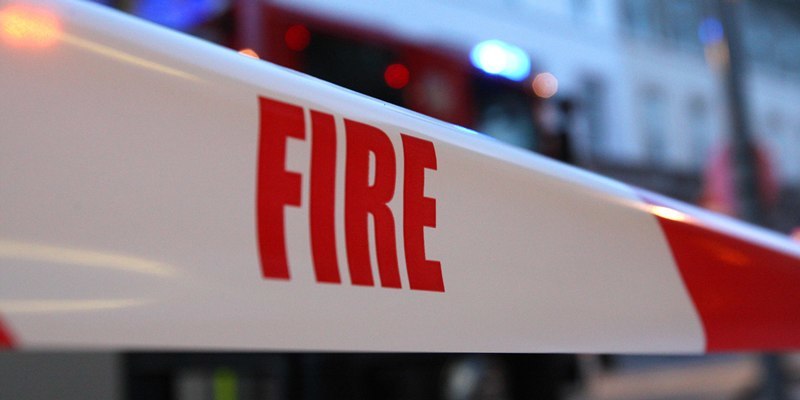Tayside Fire and and Rescue is set to embark on a voluntary redundancy scheme for support staff, which it is hoped will help the service cope with massive looming budget reductions.
The plan unveiled by chief fire officer Stephen Hunter, which will also include voluntary early retirement, will be put to the fire and rescue board at a meeting in Perth on Monday.
Mr Hunter said, “Tayside Fire and Rescue requires to achieve substantial savings over the next three years. It is not possible to identify the level of savings which will be achieved from this scheme as it will depend on the level of take-up and the individual posts involved.
“It is anticipated, however, that approval of the scheme will assist Tayside Fire and Rescue to rationalise and restructure its services, contributing to the achievement of any required savings.”
He added, “There will be costs associated with the implementation of these schemes. These will include ‘strain on the fund’ costs, ‘added years’ costs and redundancy costs.
“Attempts will be made to contain these costs within the approved budget. However, if this is not possible, they may be met from general fund balances, where this is consistent with the board’s overall reserves strategy.”
Mr Hunter said, “These costs will be offset by future salary savings. It is anticipated that net financial savings will be achievable within three years in the majority of cases. In exceptional circumstances this may be increased to a maximum of five years.”
Mr Hunter and senior fire and rescue managers have held meetings with trade unions to discuss the “difficulties that lie ahead” in balancing budgets over the next three years.
Mr Hunter said, “This is likely to entail a reduction in jobs. However, it is hoped that this can be achieved by natural staff turnover.
“There is always turnover of employees and not all leavers will be replaced.”
He added, “Furthermore, where efficiencies can be made through improved methods of working or restructuring of services, eligible employees whose posts would not require to be filled, either directly or indirectly, could be allowed to leave their employment early.”
Approval of applications would be recommended from, firstly, the individual’s head of department, and would ultimately have to be given by Mr Hunter in consultation with the treasurer.
Approval will also be subject to the retention of sufficient numbers of employees with the skills required to provide effective levels of service.
The window for applications may be opened for specific groups of staff at particular times.
Mr Hunter said, “It is currently unknown the level of savings Tayside Fire and Rescue requires to achieve over the next three years.
“It is not possible to identify the level of savings which will be achieved from this scheme as it will depend on the level of take up and the individual posts involved.”
He added, “It is anticipated, however, that approval of the scheme will enable Tayside Fire and Rescue to rationalise and restructure its service in order to achieve net savings.”
